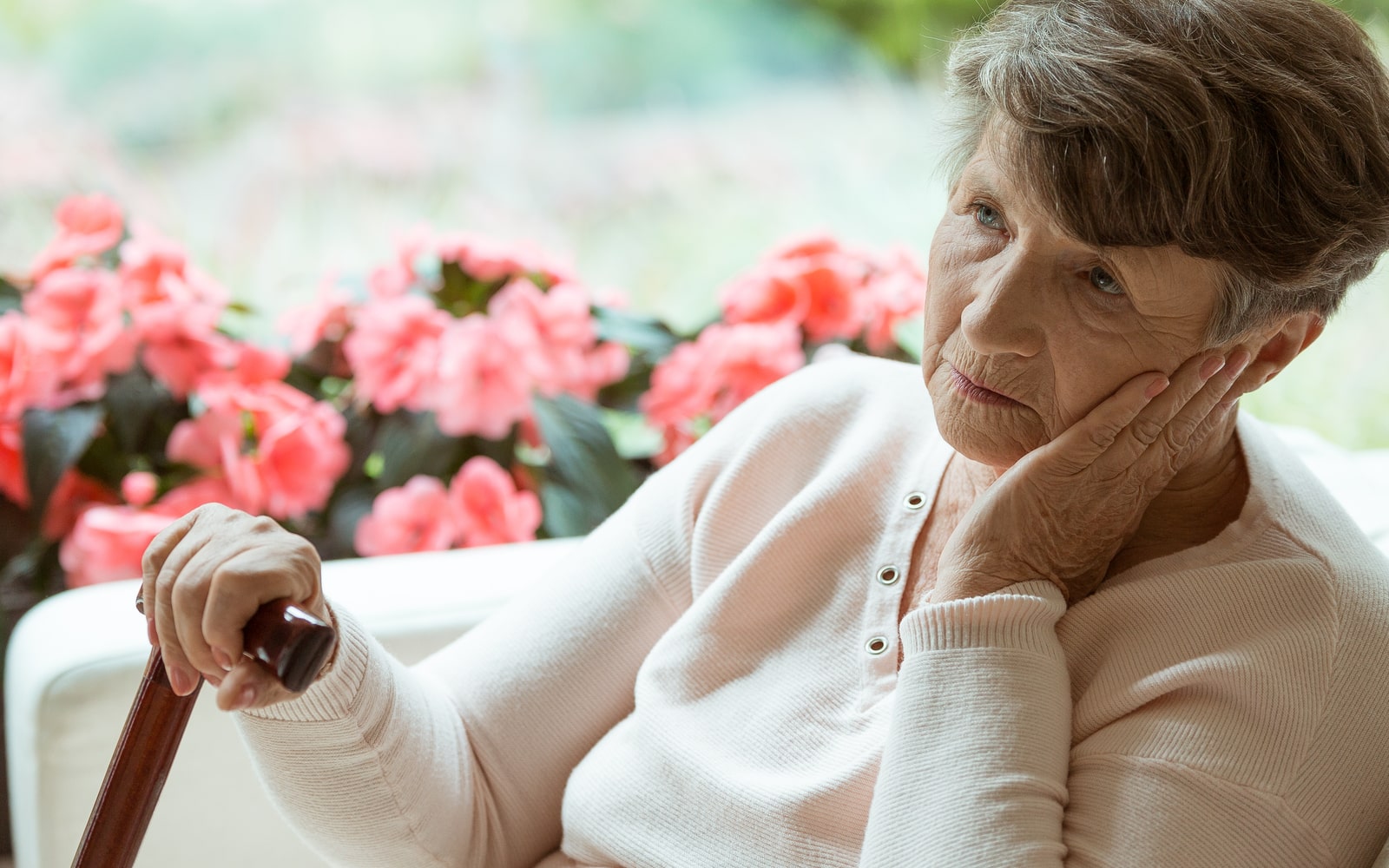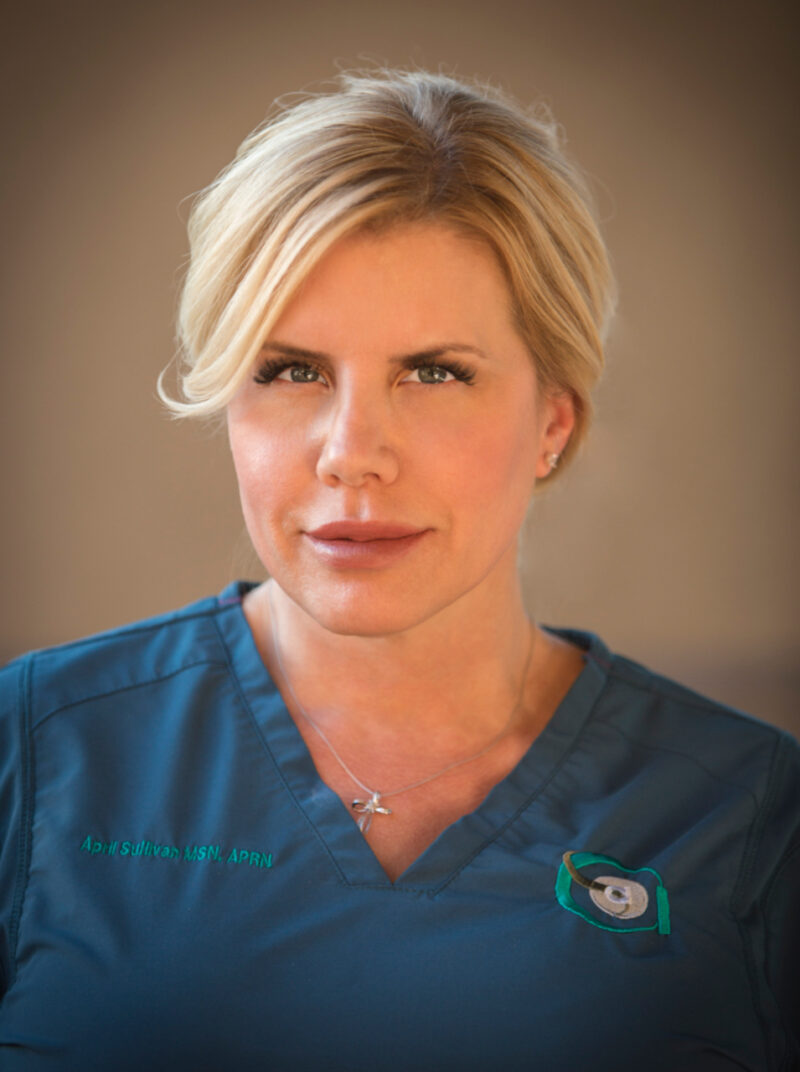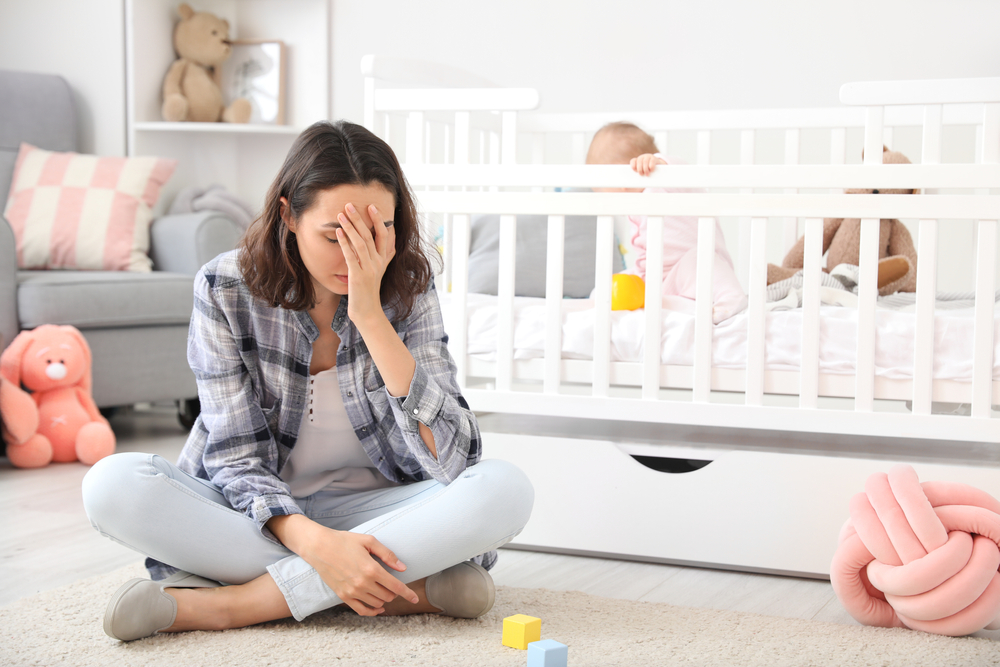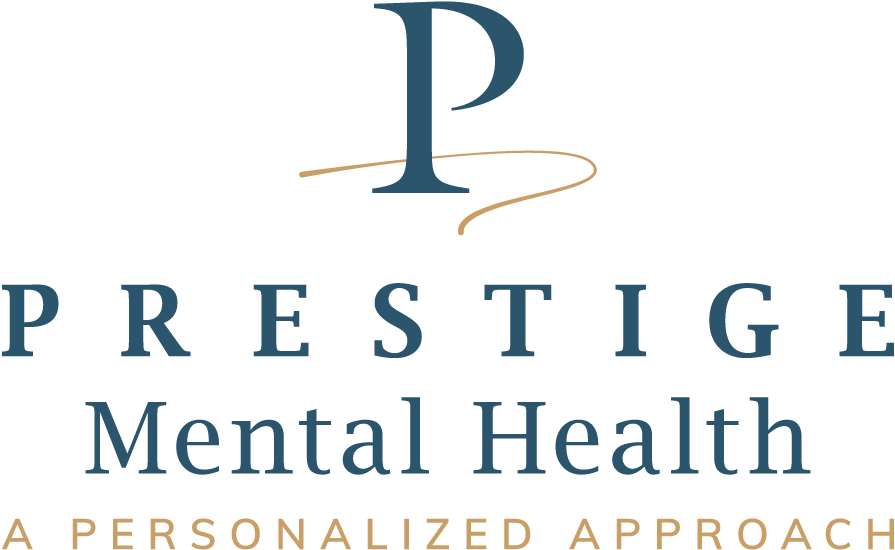Also known merely as SAD, Seasonal Affective Disorder is depression that occurs during the later months of the year. Those with this condition experience the same symptoms and changes in mood as those affected with traditional depression. It most often begins in Fall and will persist until Spring arrives with its longer days. January and February, in particular, are difficult for those living in the United States. A less common form of the condition occurs during the hotter summer months.
More Than Simple “Winter Blues”
The symptoms experienced by those with SAD can be severe enough to interfere with day-to-day activities. These symptoms have been connected to an imbalance in the brain’s biochemicals resulting from reduced exposure to daylight. The shifting of our internal biological clock and the related circadian rhythm can result in a feeling of disconnection from a normal schedule. This condition occurs more frequently in those who live far from the equator. In America, nearly 5% of the population experiences this disorder. Of those patients, many experience it as much as 40% of the year.
Along with feelings of depression, there are numerous other symptoms that are associated with this condition. These can include weight gain, oversleeping, and an increased tendency towards high-energy sugary foods. The associated symptoms can be mild or can be cripplingly severe. Some of these symptoms include:
- Feelings of depression that come with the changing seasons
- Disinterest in favored activities
- Boosted craving for carbs and overall appetite
- Excessive sleeping habits
- High levels of fatigue and reduced energy
- Fidgeting, slowed speech or movements, purposeless activity
- Feelings of worthlessness or guilt
- Impaired decision making, reasoning, and concentration
- Suicidal ideation
Most patients begin experiencing symptoms between the ages of 18 and 30. However, it can affect those of any age.
There are numerous treatments for SAD, the most common being light therapy. Light therapy involves the use of special bulbs and light screens that emit full-spectrum light. This light is similar to full sunlight. Other options include antidepressants, talk therapy, or a combination of multiple methods. The symptoms tend to fade on their own when the seasons change. However, they can be managed and ease faster with treatment.
One simple treatment involves arranging to spend more time in the sun. This can often be accomplished by rearranging your home or work environment. You may also be prescribed a lightbox. These boxes emit very bright light, and you will be instructed to sit in this light for 20 minutes or more each day. In the majority of cases, you will begin to see improvement within two weeks of beginning treatment.
Take Charge of Your Seasonal Depression With Your Mental Health Provider
While some are inclined to try to downplay the seriousness of this condition, it can be quite serious. Speak to your psychiatric professional to get help treating your symptoms. There’s no reason to spend the winter battling symptoms of depression. With the help of your mental health care provider, you can take control of your seasonal depression. Isn’t it time to begin enjoying the entire year?






